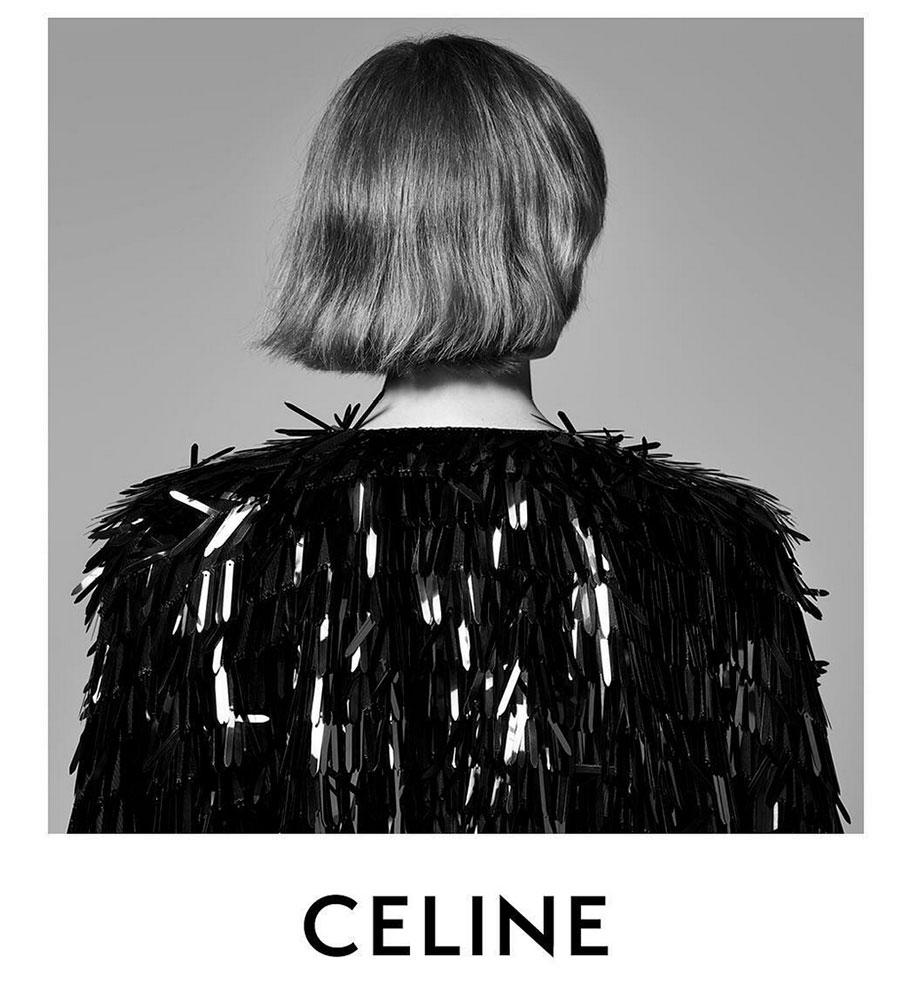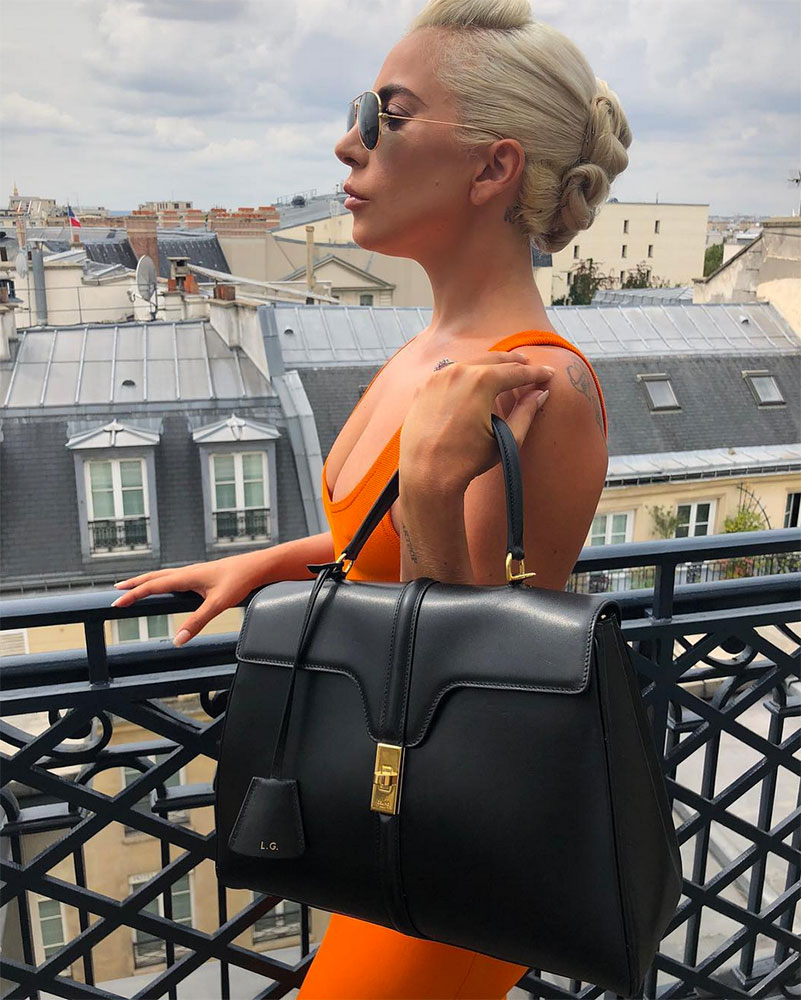In his long career, you can count on one hand how many interviews Hedi Slimane has given.

PARIS, FRANCE - UNDATED: In this handout image supplied by Y.R., Creative Director at Yves Saint Laurent Paris Hedi Slimane is seen in Paris, France. (Photo by Handout/Y.R. via Getty Images)
With his much anticipated debut at Celine this Friday, the designer spoke exclusively with Laurence Benaïm for French magazine Le Figaro, with the English translation appearing in full on Business of Fashion. Here are the key points we took away from the interview.
He Loves California
He regularly travelled to LA with many of his Dior Homme collections finding inspiration there. He notes that the city has dramatically changed but still feels drawn to the Golden States and documents the Southern Californian surf communities.
He Respects What Phoebe Philo Did For Celine
Starting his journey at the house, he is not looking to imitate nor disregard Philo’s legacy. “Respect means preserving the integrity of each individual, recognize the things that belong to another person with honesty and discernment, it also means starting a new chapter.”
On Finding Celine’s ‘Black’
The images unveiled on the brands social media page have mostly been black and white, and we know Slimane’s fancy for the dark hue. He’s been researching ways to make it part of the debut collection. “For Celine, black requires a very special attention. We go through hundreds of samples in order to find the perfect black jacket or the perfect little black dress.”
To Him ‘Millennials’ Is Nothing New
Slimane has always ‘dressed the youth’ and doesn’t see the link between fashion and a young clientele as anything new. “The previous youth was not less interesting and engaged as this one, and the next youth will be just as crucial.”
His Illness Helps Him Creativity
Hedi has chronic tinnitus that he had to learn to live with. What made it bearable is the joy of creating, “Everything was put back into perspective, especially with the idea of creating new collections.”


















